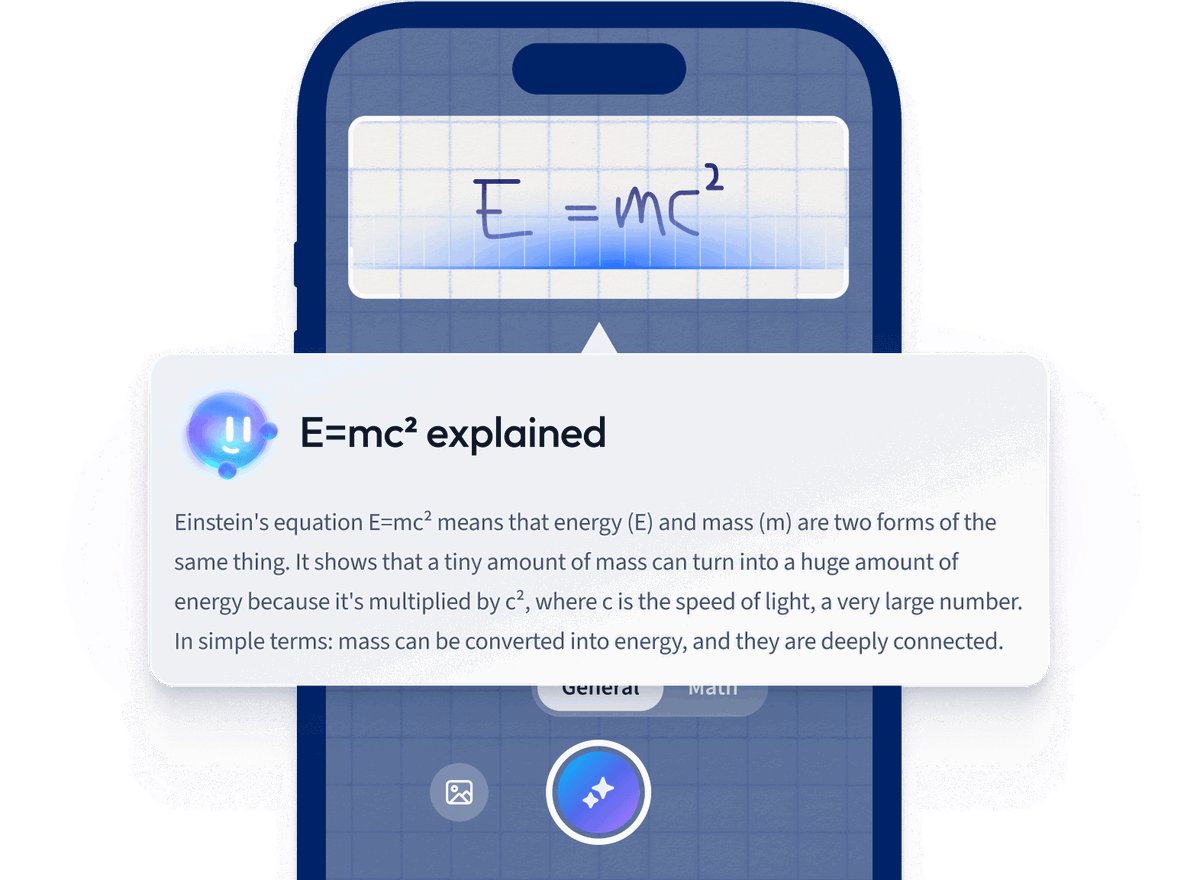What are some common Italian conjunctional adverbs and their uses in sentences?
Common Italian conjunctional adverbs include "dunque" (therefore), used as in "Sono stanco, dunque vado a letto"; "quindi" (so), "Ha piovuto tutta la notte, quindi il terreno è bagnato"; "tuttavia" (however), "Voleva uscire, tuttavia ha deciso di rimanere a casa"; and "invece" (instead), "Non voglio caffè, invece prendo un tè".
How can I differentiate between Italian conjunctional adverbs and prepositions?
Conjunctional adverbs link clauses or sentences, expressing relationships like cause, contrast, or condition (e.g., "quindi," "tuttavia"), while prepositions link nouns to other words, indicating relationships of time, place, or manner (e.g., "di," "a," "con"). Conjunctional adverbs modify entire sentences; prepositions modify nouns or pronouns.
How do Italian conjunctional adverbs differ in usage from their English counterparts?
Italian conjunctional adverbs often reflect the structured, formal nature of the language, requiring specific agreements with the mood and tense of verbs, unlike their English counterparts, which are more flexible and can be used more freely without such grammatical considerations.
Do Italian conjunctional adverbs follow specific rules for placement within sentences?
Yes, Italian conjunctional adverbs typically follow specific rules for placement. They often initiate clauses or are positioned after the subject or at the beginning of a sentence, depending on their function and the emphasis the speaker wants to convey.
Can Italian conjunctional adverbs be used interchangeably, or do they have distinct meanings and contexts?
Italian conjunctional adverbs have distinct meanings and contexts; they cannot be used interchangeably. Each one serves specific functions in linking sentences or clauses, such as indicating time, reason, condition, contrast, or consequence. Understanding their unique uses is crucial for accurate and effective communication.










